Practice makes a man perfect! For all those artists willing to develop their skills in pencil sketch art, the right tips can help kick-start an amazing artistic journey. Following some simple tricks, sketch artists can enhance their representational skills.
Pencil drawing/pencil sketch can introduce some stunning black, white, and colored representations on paper when drawn creatively. Pencil art uses graphite to highlight linear grey-black strokes. The use of graphite pencils has been around for ages. However, it gained popularity because of its finished work.
It was in the late 18th century that ‘pencil’ was introduced as natural graphite enclosed in a hollow cylinder of wood. Traditionally, medieval artists sketched on paper, parchment, and wood with a metallic drawing stylus. However, today, drawing rolls with pencils (including colored pencils) are used.
With new artists showing keen interest in learning new pencil sketching tricks, some essential steps can help simplify unnecessary hassles. If you love pencil sketching, some tips can inspire you to achieve success radiantly.
For assistance, we bring to you some professional tips to get you started. Check out:
Know and Control your Pencil
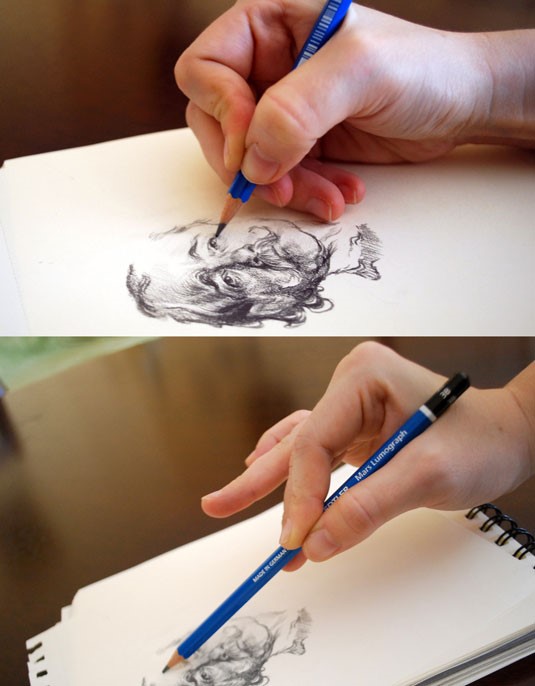
Source- www.creativebloq.com
Making the correct choice of pencil for a sketch is very important. ’B’ pencils are softer while ‘H’ pencils are comparatively harder and ‘HB’ pencils range somewhere in the middle. Thus, it is imperative to make the correct choice for the aimed output.
As per Tim Von Rueden, who runs an art tutorial site, Tvonn9, sketchers need to start with ‘H’ and then move on to ‘B’ pencils. Furthermore, learners also need to have control over their pencils because holding them adequately helps to ensure maximum utility.
Illustrator Sylwia Bomba says, “If you position your hand closer to the end of the pencil, you have more control and precision, with heavier strokes”. “Gripping further up the pencil gives less control and precision, bringing lighter strokes”
Do not Smudge
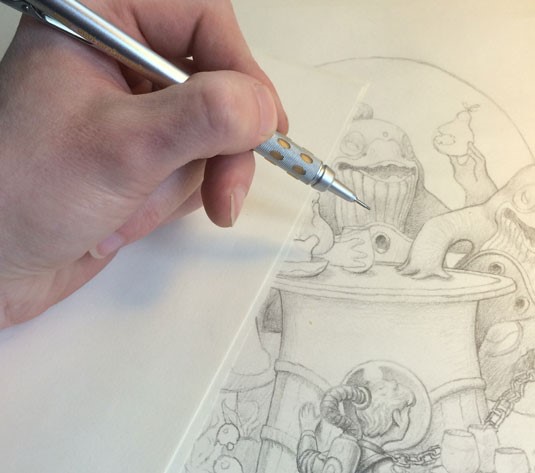
Source- www.creativebloq.com
Experts advise artists to have an extra paper under the hand while sketching. Why so?
A paper under the hand helps avoid unnecessary smudges. To hone sketching skills and work on representing the art piece in a sketch art gallery, these small details help to understand everything from basics to advanced processes.
In the end, it is frustrating if the drawing is not clean. Thus, use a piece of tissue paper or a rough sheet to avoid smudges.
Work on the Edges
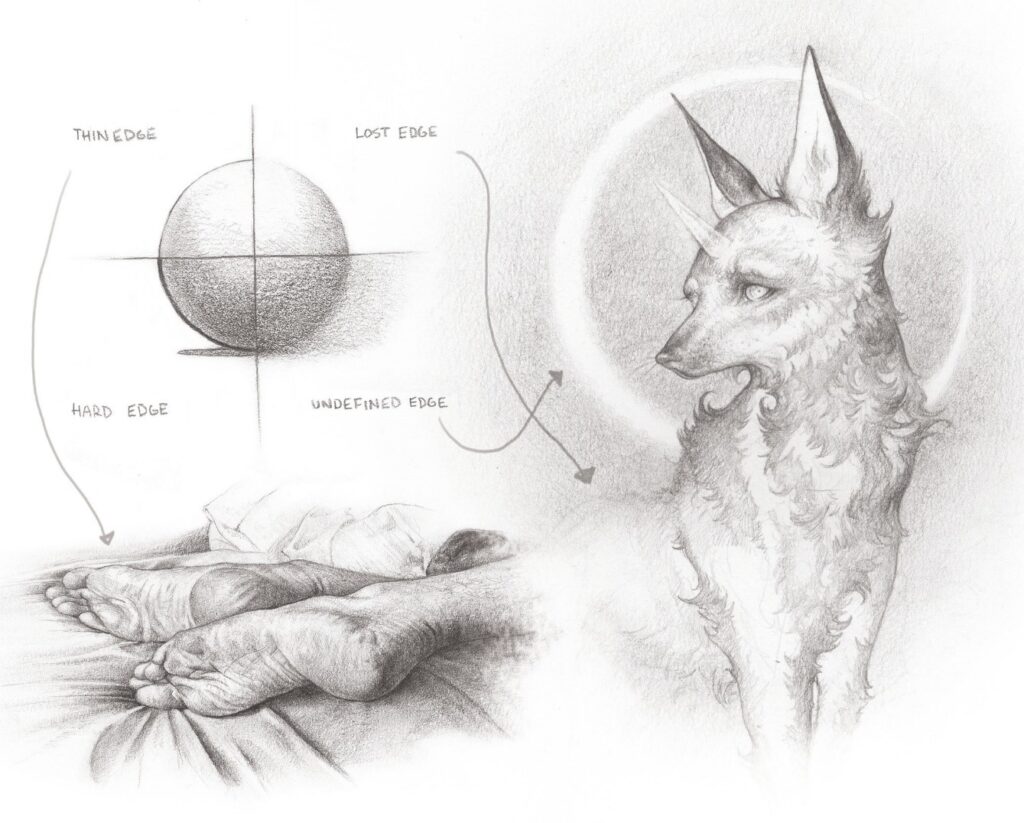
Source- www.creativebloq.com
Defining every objects’ edge in a drawing is vital to bring an appealing look. Edges are defined in four types- thin edge, lost edge, hard edge, and un-defined edge.
Thin and hard edges bring solid borders to a drawing. Lost edges occur when the drawing object and its background start to blend. While the viewers decode the undefined edges once, the drawing is complete. Professional artists suggest novice sketchers to work on giving solid borders to their drawing by having control over all the edges.
Since edges define the view of the pencil sketch art, it is fundamental to work on every minute detail properly.
Consider a Blending Stick for Even Shades
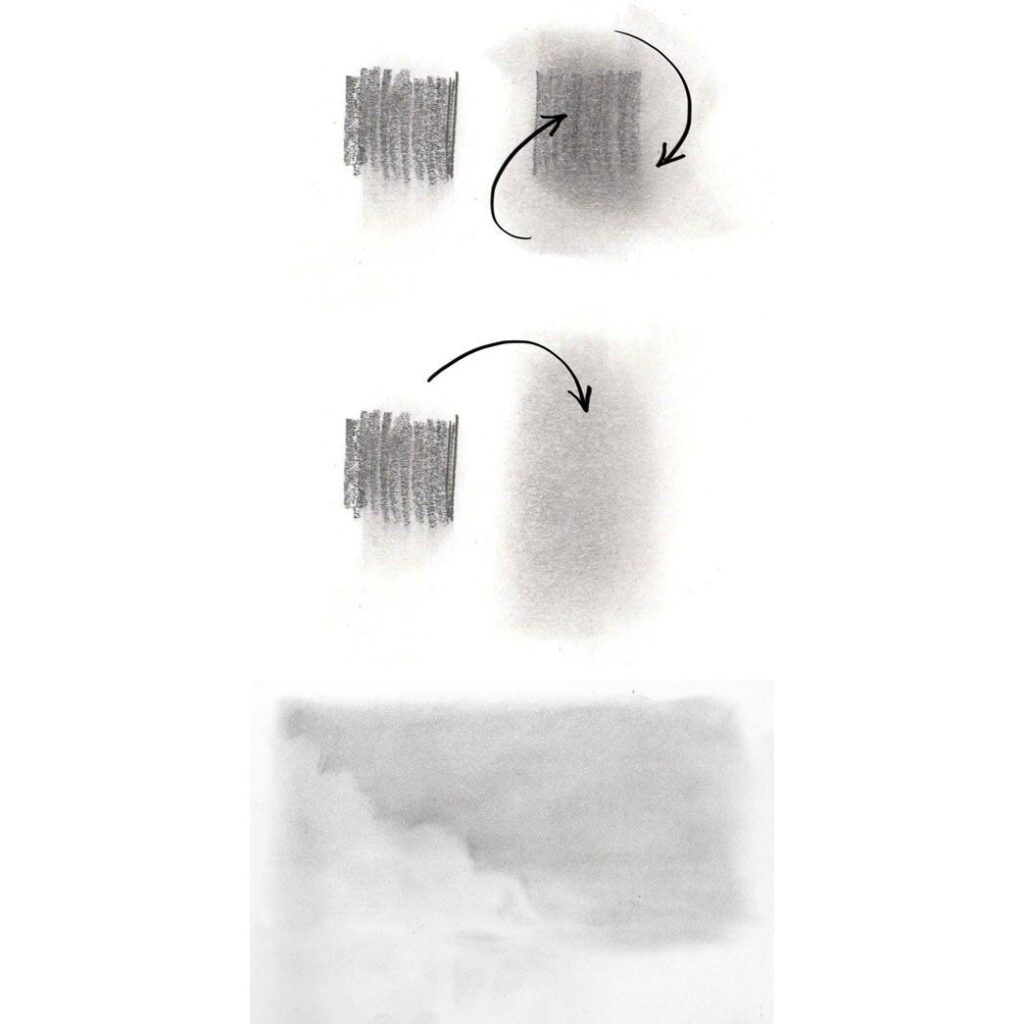
Source- www.creativebloq.com
To make the sketched art piece look appealing, a blending stick to create gradients and easy shading is crucial. Smoothly blended effects give a mesmeric appearance to the art piece, thus bring an even shade by using a blending stick or paper.
Professionals suggest using both blending stick and a paper to blend off any patch. They suggest starting with graphite ‘B’ form pencil for shades and then use H forms to get a darker effect. Once these are done, a blending stick or a paper can help to bring an even effect.
It is also advised to scribble on spare papers initially to avoid unnecessary pencil lines.
Work on Textures
For novice artists looking to hone their sketching skills, it is significant to have a brief understanding of different paper textures. Von Rueden in his tutorial suggests, “A good starting point for sketching is taking care of the paper’s texture to check whether it’s rough or smooth and whether it absorbs light or reflects it”.
Different textures bring different shades, consequently understanding the unique properties of each is vital to bring the required output.
Significance of Lines
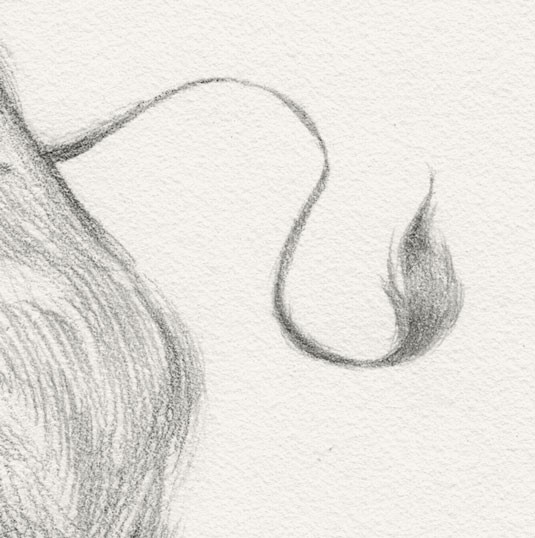
Source- www.creativebloq.com
Understanding the significance of lines in a drawing is important for learning sketchers, as these strokes display the feel and look of a sketch. A lightly drawn line looks exploratory while a heavy drawn line seems definite. Thus, to improve your sketching skills, work on each line stroke dedicatedly.
Systematic Sketch Building
Making a beautiful sketch isn’t easy! To come up with a mesmerizing art piece, it is important to avoid sticking to hard and dark lines initially. A sketch progresses as it evolves, thus sketchers should always add details of dark lines towards the end.
Artists should also avoid overdrawing on particular areas, as it misleads details. Contrarily, they need to focus on the line spaces and work on re-evaluating the sketch for final modifications.
The 70/30 Rule
To hone your skills in pencil sketch art, apply the 70/30 rule. Why?
Today’s sketchers believe in ‘less is more’. Modern sketches give 30% of the drawing space to the main body, while 70% is the filler. Therefore, if you are learning more about sketching, take note that the areas left for fillers help attract more attention towards the main subject.
You need not spend more time covering the whole drawing space. Contrarily, the focal point needs to be drawn within 30% of the space. You can check Von Rueden’s sketch below to understand the rule in action.
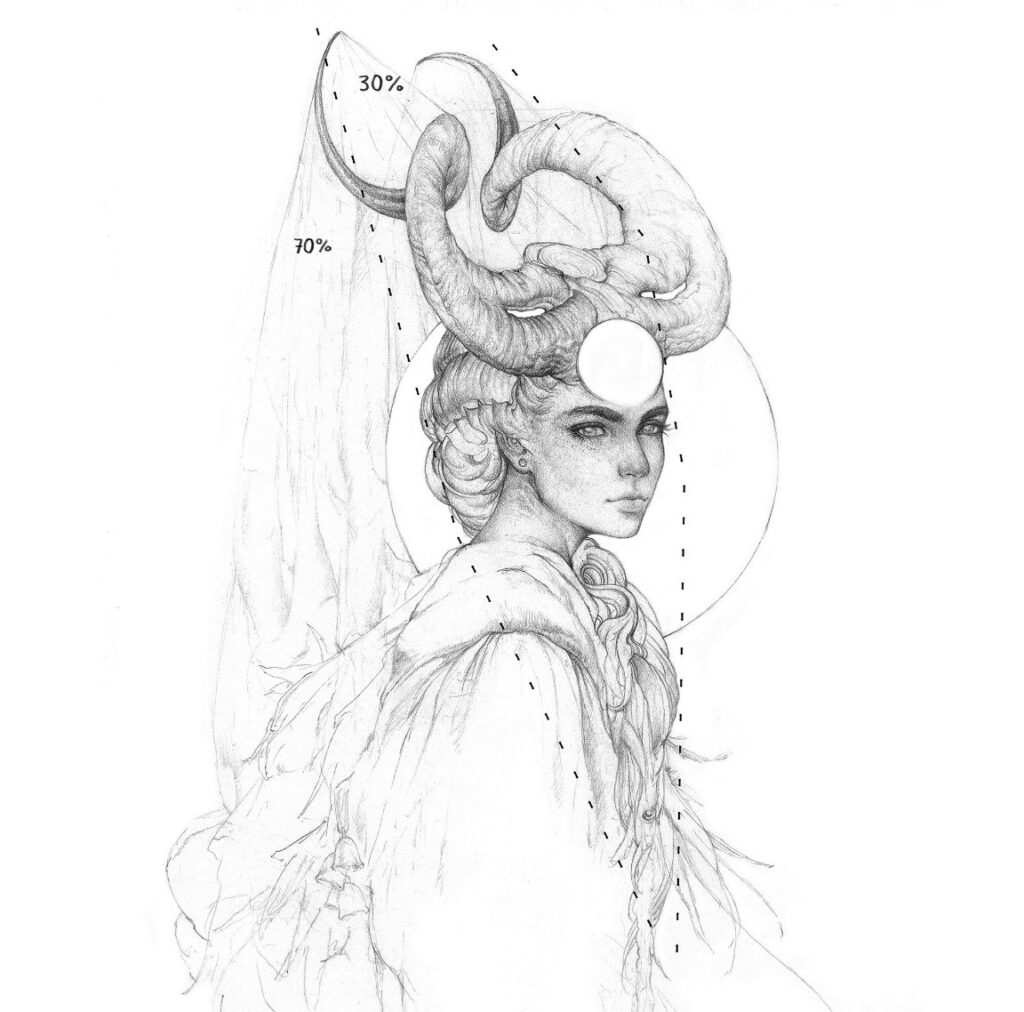
www.creativebloq.com
Wrap Up:
It is every young sketch artist’s dream to earn space in a sketch art gallery. Consequently, honing artistic skills is imperative to find a representation for the art piece. With excellent use of shading effects, your pencil sketch art can become stunning art pieces.
As a novice sketch artist, you can study and learn from the artworks of the most in-demand sketch artists- Cath Riley, Veri Apriyatno, David Kao, Paul Cadden, Paul Lung, Jono Dry, Dirk Dzimirsky, Diego Fazio, Linda Huber, and Giacomo Burattini.
Hope this article helped you with some ideas to work on your sketching skills. If you have more inputs to help reading artists explore more, do comment in the section below.
Thanks for reading!

